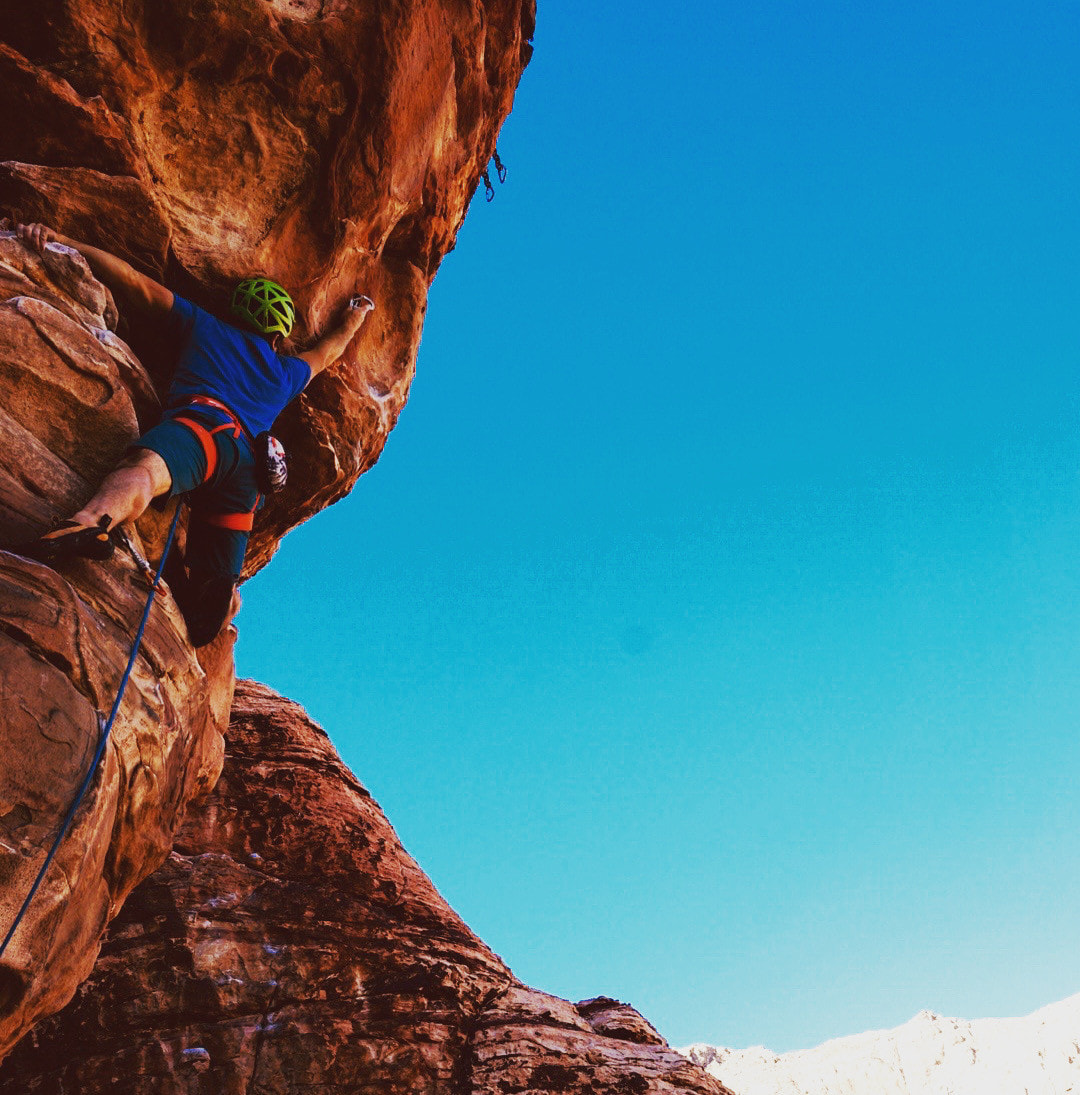Lead climbing involves placing protection throughout the climb and climbing above the last piece of protection you've placed. The protection is there to catch the leader if they fall, but they will fall twice as far as they are above the last piece of protection, plus however far the rope stretches. With that in mind, the leader should be aware at all times of any ledges or ground below them that they could hit if they fell, and also how far above the last piece of protection they are.
The physics of falling
Most of the energy of your fall should be absorbed by the rope, because it is a dynamic single rope rated for climbing. Dynamic ropes have around e.g. 30% dynamic elongation, which is the elongation that occurs during a lead fall.
The fall factor is the ratio of distance fallen divided by the rope length available to catch the fall. For example, if a climber is 5 feet above their last piece of protection and there is 20 feet of climbing rope in the system (between him and the partners belay device), then the fall factor is 1/4. The greater the fall factor, the more force the climber feels (and the more uncomfortable or harmful it is to the climber). The worst type of fall is a factor 2 fall, in which the climber falls twice as far as the amount of rope in the system (e.g. if the leader in a multi-pitch climb is starting out on a pitch and hasn't placed any protection).
